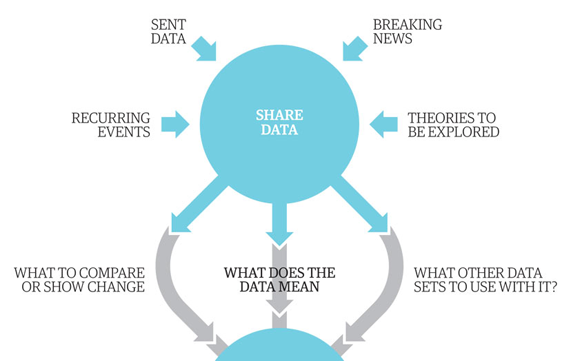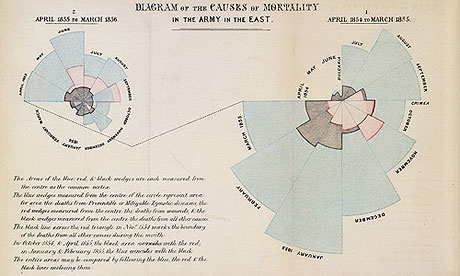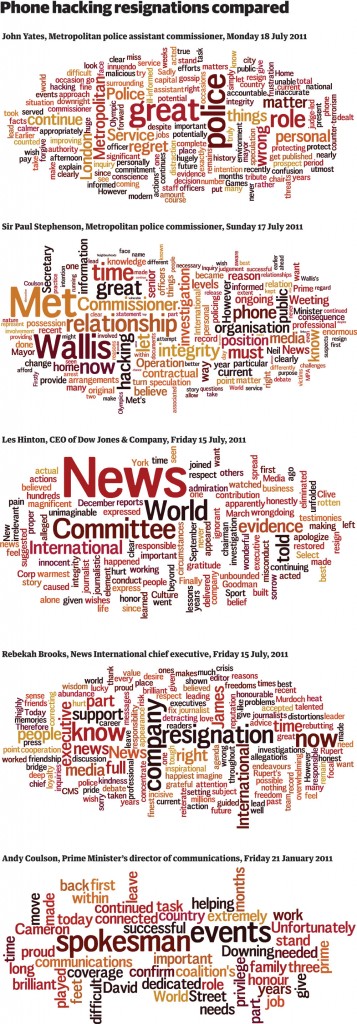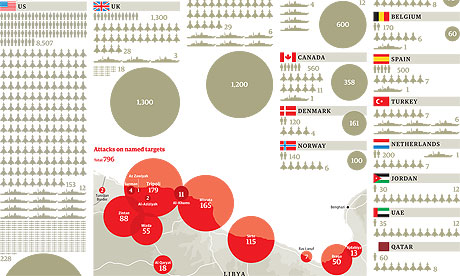THE GUARDIAN’S DATA BLOG – By Ami Sedghi
It seems we like our political giants to be just that – giants – according to new research. See how they compare in the height stakes
• Get the data
Stature really does matter according to a new scientific paper published today in Social Science Quarterly.
Here at the Datablog we thought this was an opportunity too good to pass up. How tall really are our world leaders and how do they compare?
Psychologists from Texas Tech University found in a study that almost two-thirds of participants showed a preference to draw larger figures when asked to draw images of leaders. An evolutionary throwback has been suggested as the root of this. Nic Fleming writes today:
It is not for nothing that top politicians are known as political giants or “big beasts”. Voters see tall politicians as better suited for leadership, according to a survey of how people visualise their leaders. Psychologists believe the bias may stem from an evolved preference for physically imposing chiefs who could dominate enemies.
David Cameron and Barack Obama certainly fit the profile at 6ft 1in and have both beaten shorter candidates in past elections – Gordon Brownat 5ft 11ins and John McCain at 5ft 8ins. [Read more…]

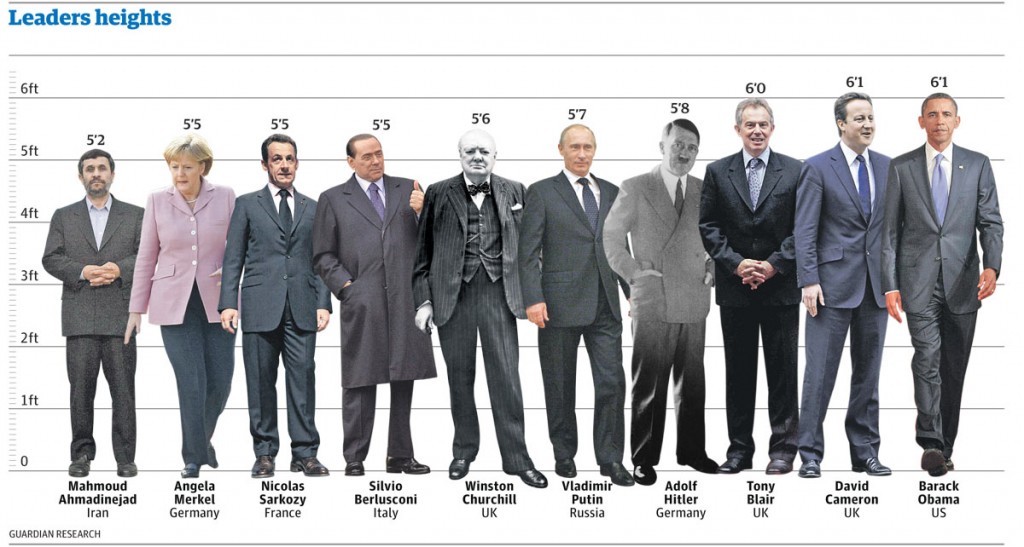
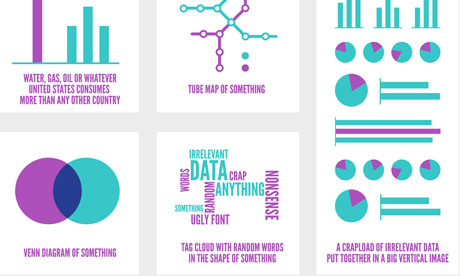
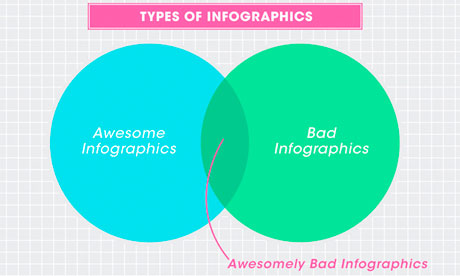 Awesomely bad infographics from
Awesomely bad infographics from 
